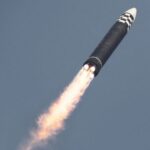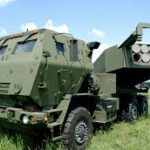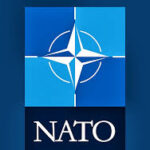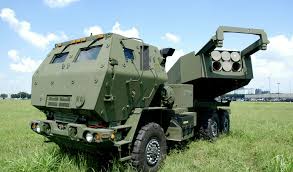Richard Sanders
In the escalating arms race across the Pacific, the United States and its allies are ramping up their military capabilities in a bid to counter China’s expanding influence and potential threats, particularly concerning Taiwan. As the geopolitical tension heightens, new missile systems are set to play a crucial role in regional security strategies.
Recently, the US successfully tested its latest precision strike missile (PrSM) in Australia, marking a significant advancement in missile technology. The missile, developed by Lockheed Martin, demonstrated its ability to strike targets over 190 miles away during the test. This marks the first deployment of the weapon by a US ally, showcasing its potential to inflict devastating losses on adversarial naval forces.
The PrSM can be launched from American-made HIMARS and British MLRS artillery systems — both of which have played key roles in recent conflicts, including Ukraine’s counter-offensives against Russian forces. While these launchers traditionally used Atacms missiles with a range of approximately 190 miles, the new PrSMs boast an extended range of over 300 miles, with future variants expected to push this boundary even further. During the Australia test, the missile reached speeds exceeding 4,000 km/h, surpassing the Atacms by about 300 km/h.
An indicator of the regional strategic shift, sources suggest that these missile systems will likely be deployed in the Philippines as part of ongoing training exercises conducted annually by the Philippines and its allies. These exercises aim to enhance interoperability and readiness in the face of China’s growing military presence in the region.
The future deployment of PrSMs in the Philippines will underscore the importance of regional alliances in maintaining stability and deterrence amid rising tensions. As Washington and its partners bolster their missile capabilities, the Philippines’s role as a key strategic partner is poised to increase further.
The US-led efforts to enhance missile technology and regional security continued to underline the fragile balance of power in the Pacific, with the fate of Taiwan remaining a critical concern for global geopolitics.














